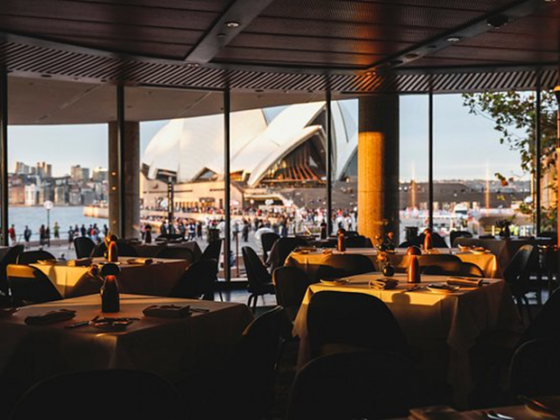Decorative plaster is independently used to finish any surfaces. Before finding out how to make decorative plaster, you should decide what it is and why it is needed. An unlimited assortment of finishing materials provides opportunities to create an original interior and appearance.
DIY decorative plaster – types of mixtures
The video shows how to apply decorative plaster
Decorative mixtures are divided into two main types: facade and interior, inside of which various subspecies are distinguished. Each type has characteristic features and features that should pay attention to when working with a plaster solution. The general organization of work largely depends on the characteristics of the plaster.
Facade plasters are divided into the following subtypes:
Mineral, which includes a painted quartz, granite or marble baby. This causes good vapor permeability.
Polymer is produced on a water or organic basis and is characterized by a high level of durability and strength. Usually supplied immediately in a certain color.
Silicate is based on potassium silicate. It is a good finish for mineral grounds, however, it is limited in the color spectrum. Of the advantages, you can note resistance to the damage to the fungus and mold and good vapor permeability.
Silicone well withstands the effect of ultraviolet radiation, is characterized by tightness and the ability of the surface to self -cleaning. The surface obtained as a result of plastering with such mixtures is distinguished by sophistication.
Interior decor plaster has the following types:
The embossed has increased plasticity, which allows you to create various decor effects and imitation of the surface for natural materials.
Smooth is stacked by two or more layers and creates the illusion of style under the old days.
The textured one allows you to get a rough surface using many varieties of application techniques.
Surface preparation
Africa decorative plaster technology – video
Regardless of the chosen type of mixture, decorative plaster in the interior – Video of the work process can be seen on the site – it makes its requirements when conducting surface preparation. The wall should be prepared. Finishing coatings, wallpaper, peeling paint must be removed. We wash the wall covered with oil paint with soap solution, dry and cover with a primer type “Betocontact”.
Recesses, damage, seams a couple of days before the start of plastering the walls is filled with a mixture, which we will later use to mark on the surface. Places of joints of various types of building materials (for example, brick construction and reinforced concrete jumpers) require special training. Different ability to the thermal absorption and expansion of heterogeneous materials leads to the formation of cracks in the plaster. In such places we use a special reinforcing grid, which we dump in the soil layer.
Instead of a reinforcing plaster mesh, you can not put a thin grid, as well as the former use with traces of rust.
Application of plaster
A uniform layer of plaster mixture up to 5 mm thick is applied to the dried primer with a cell or a spatula. The thickness of the layer depends directly on the diameter of the filler grains, which also determine the depth of the relief. When buying a mixture for obtaining a rough relief, select the composition with a coarse -grained filler, and to form a more smooth surface – with a small. It is also necessary to consider the factor that the consumption of plaster per unit area is directly proportional to the diameter of the filler grain.
After watching the video tutorials of applying decorative plaster, you learn a lot of techniques, and after studying the whole variety of videos online, decorative plaster will turn for a fascinating lesson, it will remain to recognize that work with decorative mixtures is quite simple.
Creating decorative drawings
The performed wall plaster shows what texture the processed surface will eventually receive. The finish surface of the outdoor plaster is aligned in a humid state, after which we process with various tools. As a rule, for these purposes, ironers, spatulas, brushes, sponge, rollers and tampons are used for these purposes. The final artistic effect depends on the choice of the tool.
Sponge decoration – we use natural or synthetic sponges. Ornamentation is performed with light promotional movements. A natural sponge on the surface of the plaster will leave a random and absolutely unique pattern, artificial – will provide a more uniform and predictable effect. Using several shades in the work in the spongy texture of the surface, with this technique we get an interesting spotted pattern.
Decorating a design-leather designed on the basis of a specially created cliche allows you to create very complex and unique patterns on the plaster surface. Performing an ornamentation with a brush, we get the effect of antiquity, vintage surface. Choosing different effects different in length and hardness, we achieve various effects. The longer the pile and softer brush, the softer relief will be softer, when using a hard brush, the texture will turn out more relief.
If desired, to give color, additional gloss and enhance the artistic effect, you can varnish the surface or paint.


